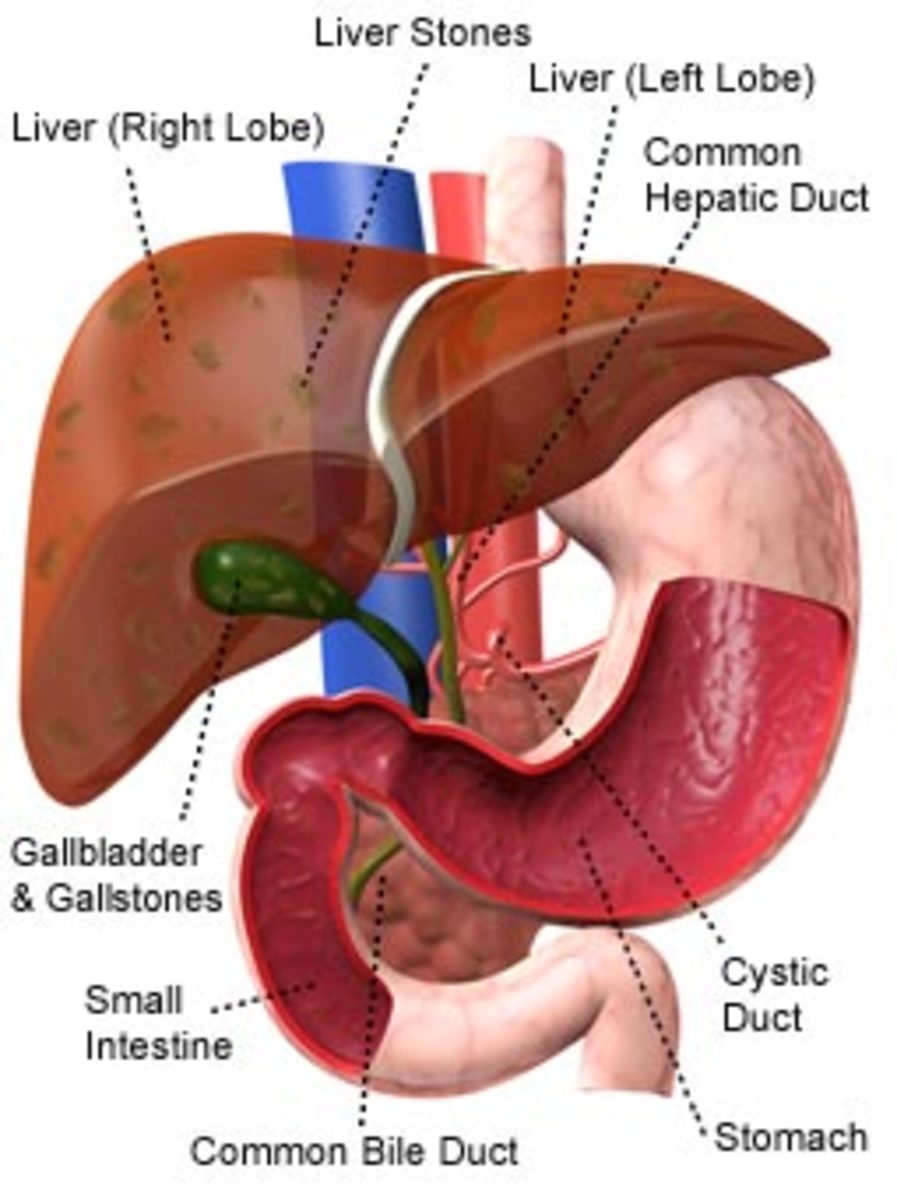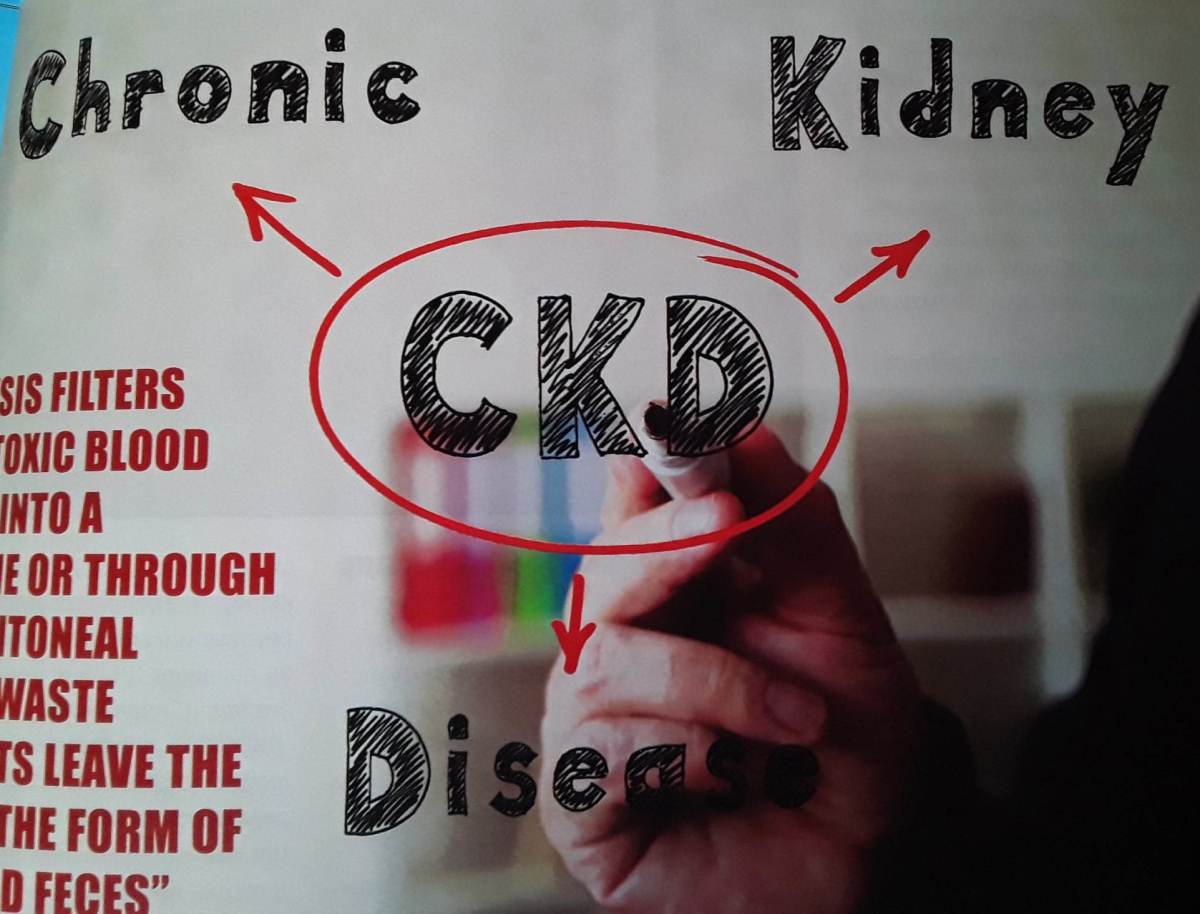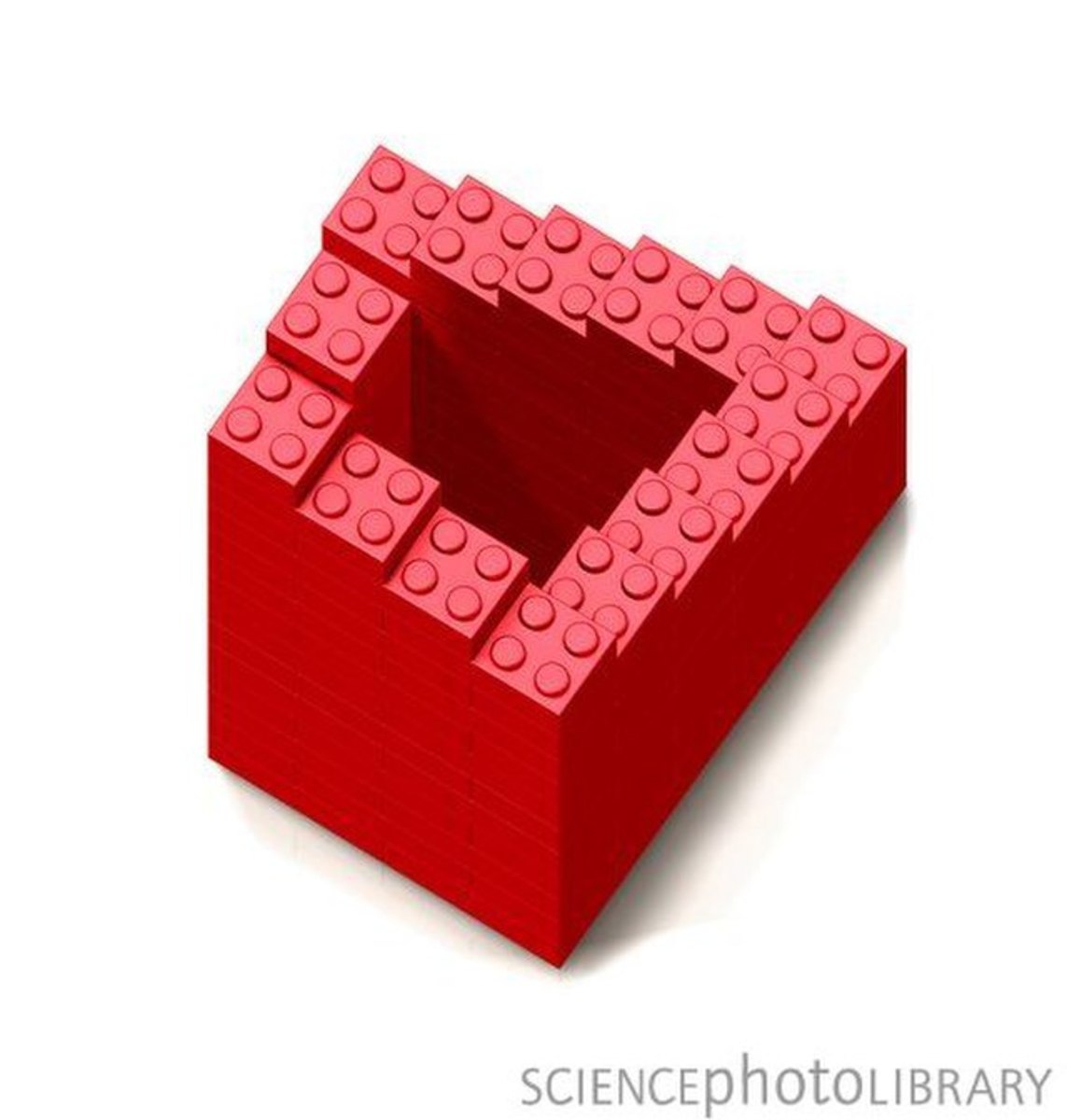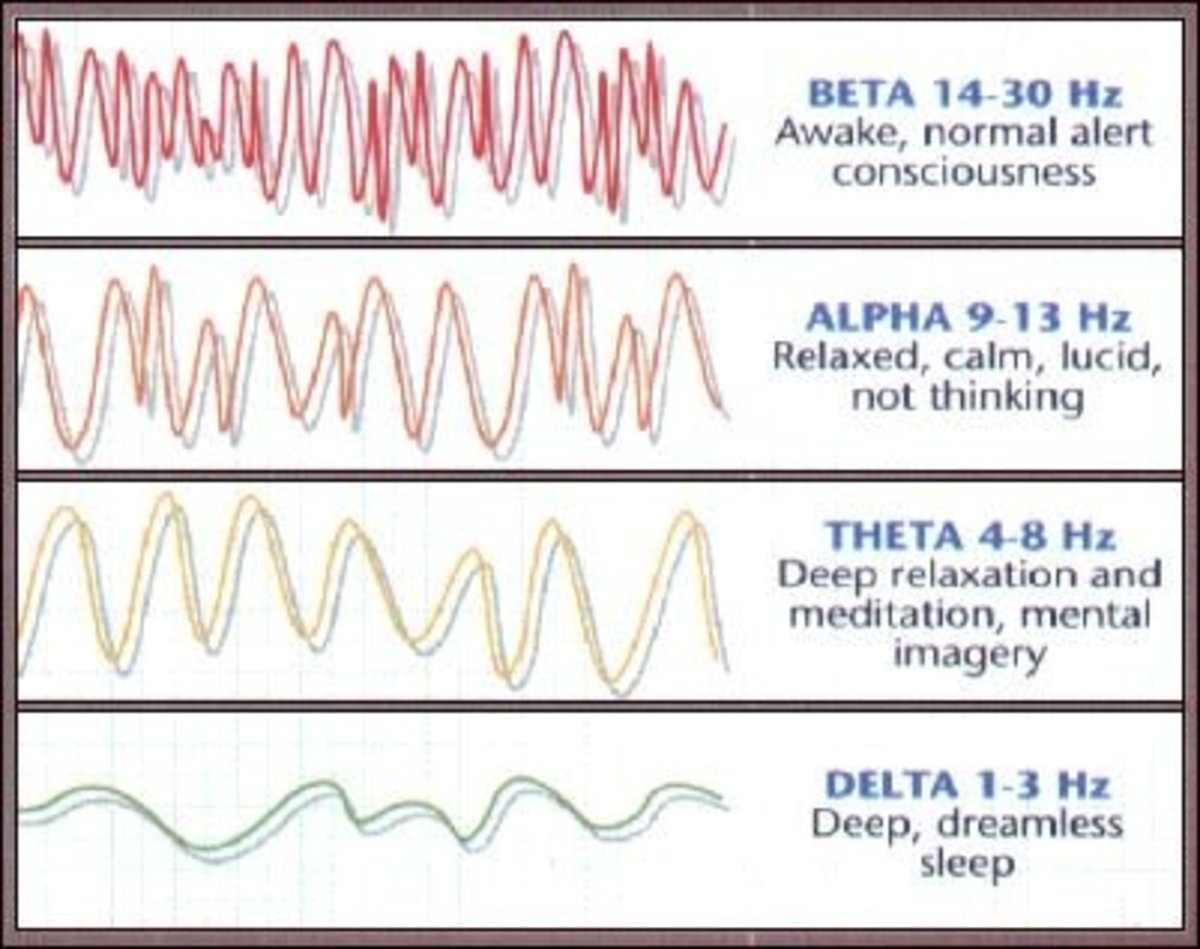Clinical Importance On Dialysis And Renal transplantation In The Treatment Of Patients With Chronic Renal Failure
The Dialysis Machine
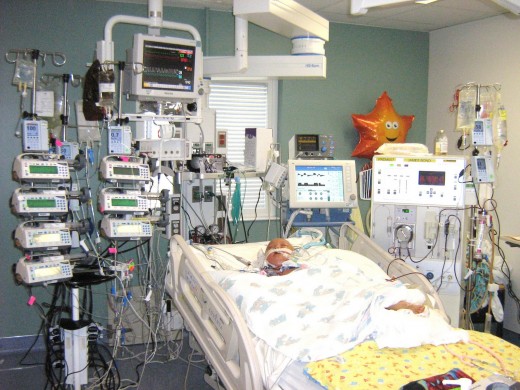
Dialysis
Dialysis is based on the principle of osmosis and diffusion across a semipermeable membrane which allows water and electrolytes to pass through. By this procedure, the metabolites normally eliminated by the kidney can be removed from blood. Since the dialyzing membrane is unselective, the elimination of water and waste products is controlled by adjusting the tonicity and chemical composition of the dialysis fluid which is separated from blood by the semipermeable membrane of a specific pore size. Dialysis is achieved without the use of machines taking advantage of the properties of the peritoneum, or by using artificial membranes incorporated in sophisticated machines.
Intermittent peritoneal dialysis: In peritoneal dialysis, the fluid exchange is achieved across the peritoneum which acts as a semi-permeable membrane. Dialysis fluid made up to specification depending upon the mileu interior is run into the peritoneum and retained. The blood circulating in the peritoneal capillary bed and the sterile peritoneal dialysis fluid are separated by the peritoneum. Substances like urea, creatinine, uric acid, potassium and other toxic substances (middle molecules of mo. Wt. 500- 5000 Daltons) diffuse from the capillary to the peritoneal fluid. The lactacte or acetate contained in the dialysis fluid enters the capillaries and gets converted into bicarbonate, thus correcting the bicarbonate deficit.
Peritoneal dialysis may be intermittent or continuous. In practice, for each cycle of intermittent peritoneal dialysis, two liters of sterile peritoneal dialysis fluid is introduced through a special catheter into the abdominal cavity and retained for 30 minutes after which it is drained off. About 20 cycles are repeated during each session of peritoneal dialysis. In a moderately severe case of renal failure peritoneal dialysis may be required twice a week to support life. Peritoneal dialysis is a safe procedure and can be undertaken in all institutions where simple facilities are available. Complications include sepsis, fluid overload, peritoneal hemorrhage and internal injury.
Continuous ambulatory peritoneal dialysis (CAPD): This procedure is resorted to when a patient with end-stage renal failure has to be supported till a renal transplant becomes available or as a lifelong procedure. The patient is rained to perform peritoneal dialysis himself at home. A permanent peritoneal catheter is implanted. The dialysis fluid is introduced and made to remain in the peritoneum for four to five hours and during this time, the patient can continue normal activities. Four or five exchanges are done every day. Under ideal conditions, the procedure can be continued for long periods. Although the risk of infection is present, carefully selected patients have survived for more than ten years on this procedure.
Hemodialysis: In hemodialysis, the blood is circulated through an artificial kidney. The artificial kidney consists of a blood compartment and a dialysis fluid compartment separated by a semi-permeable cuprophane or cellulose acetate membrane. As the blood and the dialysis fluid move on either side of the membrane, diffusion of electrolytes and small molecular weight substances occurs. The blood chemistry is brought towards normal. Each session of hemodialysis lasts for four to five hours and two to three sittings per week are necessary.
The constant improvement in design and sophistication of dialysis equipment has led to the availability of excellent machines which incorporate gadgets for making the dialysate, control blood flow. Monitor all biochemical parameters and raise alarms when any process becomes faulty. The modern machines have been made compact and with small priming volumes so that these can be used for home dialysis by the patient and his spouse.
Large Kidney Transplant Sidebar
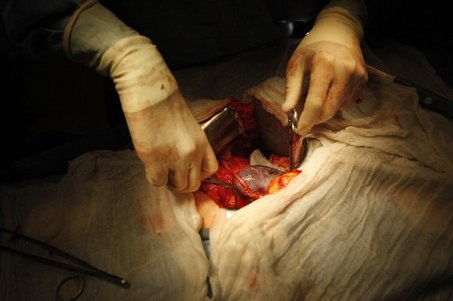
Nephrology
Renal Transplantation
This is the procedure in which a healthy kidney obtained from a live or dead donor is transplanted into the patient whose kidneys are irreversibly damaged or lost. One kidney from a donor is transplanted into the patient by anastomosing the renal artery of donor kidney to the internal iliac artery, and renal vein to the common iliac vein. The ureter is anastomosed to the bladder. The transplanted kidney is located in the iliac fossa. Tissue compatibility is ensured by matching for ABO blood groups and HLA antigens. Ideal is to have a kidney from an identical twin, and in this case there is lesser chance of transplant rejection due to immunological factors. As the next best, a healthy blood relative of the patient, preferably sibling or parent, has the best chance of a satisfactory tissue matching. The alternative source is the kidney obtained from cadavers of subjects dying of accidents. The kidneys are removed within the shortest possible time after death and preserved in a cold environment to be used for an appropriate recipient waiting for transplantation. Better results are obtained with living related donors than that with cadever kidneys. Successfully transplanted kidneys start functioning immediately. Rejection of the transplant is a major danger and this is prevented by the continuous use of immunosuppressant medication.
Results of renal transplantation are very encouraging. On an average, the graft is successful in 70-75% of cases. Acute graft rejection and graft failure are most frequent in the first six months. Around 60% cases survice 5 years or more if the complications due to immune-suppression do not prove fatal. In the later stages, slow deterioration in renal function may develop due to chronic rejection. A successful renal transplantation offers a better quality of life for the patient.
Several centers undertake renal transplantation all over the world and this facility is available in a few centers in Africa as well. International transplant associations have been formed with a view to coordinate and facilitate the work of different institutions and to make available donor kidneys more freely to the prospective recipients.
© 2014 Funom Theophilus Makama


